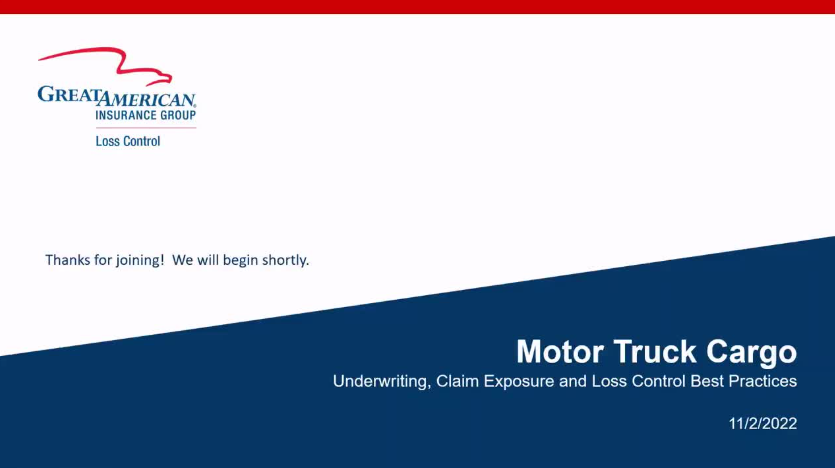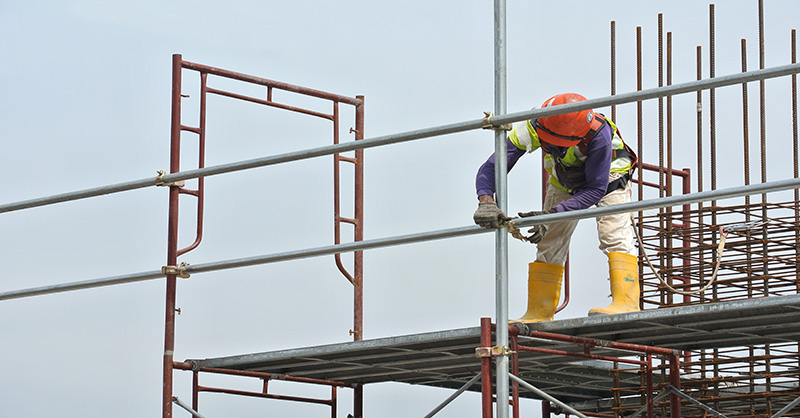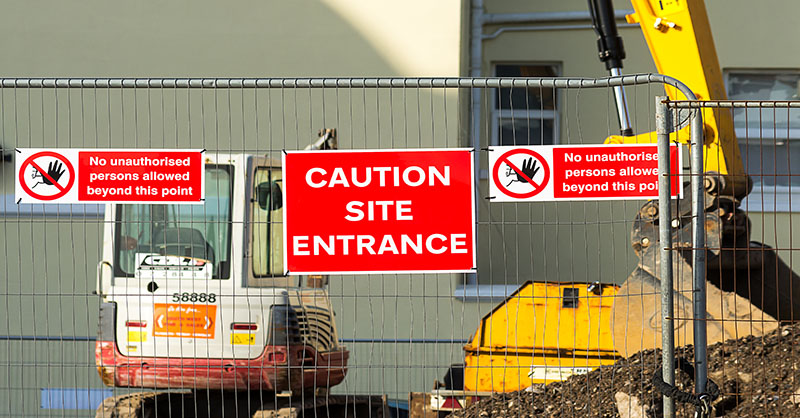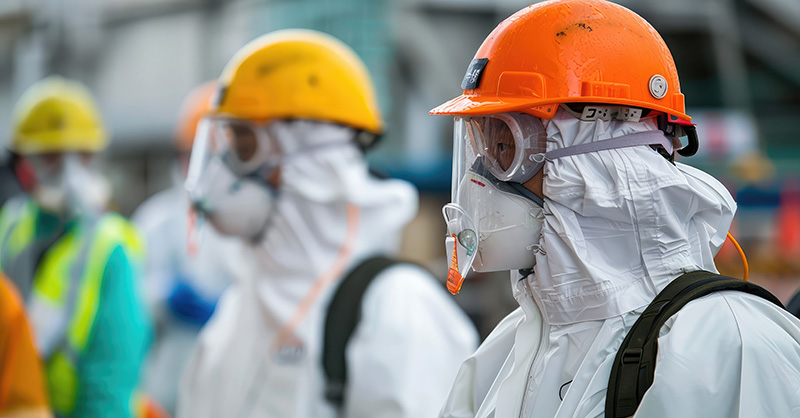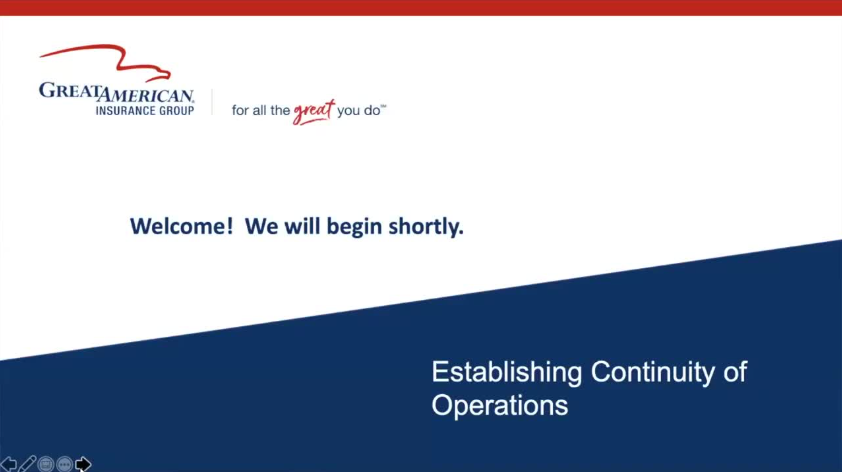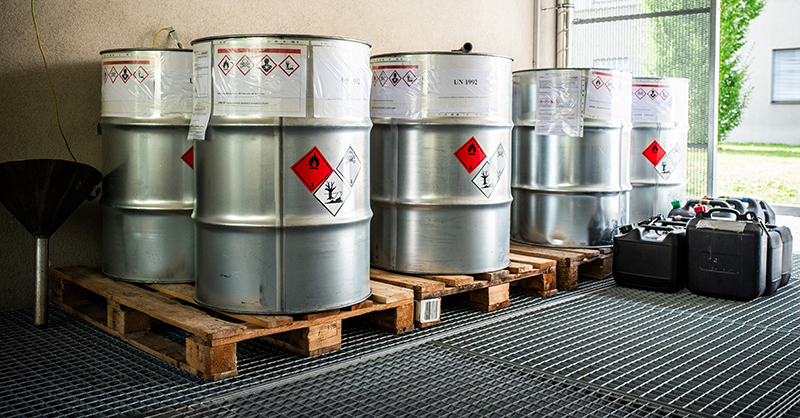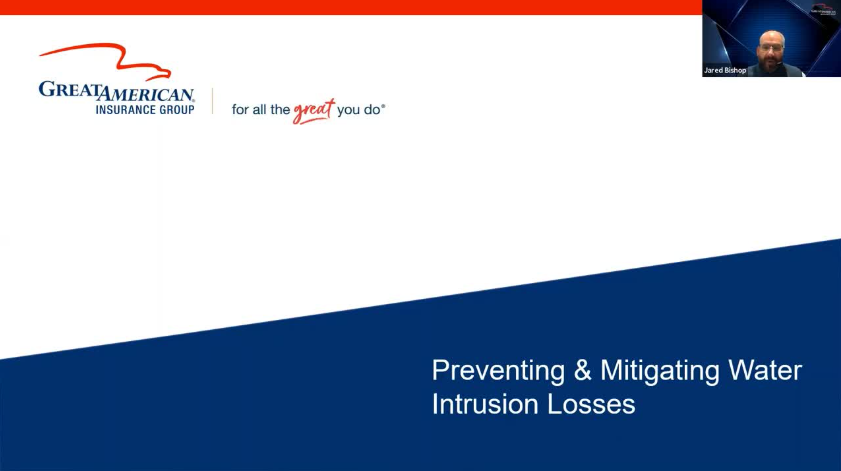OSHA Recordkeeping on Construction Jobsites: Requirements, Fines and Penalties

The Occupational Safety and Health Administration (OSHA) mandates that employers maintain records of work-related injuries and illnesses. These records serve to evaluate workplace safety, understand industry hazards, and implement worker protections. Construction buyers also rely on these statistics when selecting contractors with acceptable safety results.
What You Need to Know About OSHA Recordkeeping
Effective management of construction recordkeeping is crucial. Proper handling provides competitive advantages during contractor selection while mishandling can lead to substantial penalties and safety performance issues. Take recordkeeping seriously to ensure workplace safety and compliance.
Recordkeeping Requirements:
- Construction companies with more than ten employees must keep a record of serious work-related injuries and illnesses, known as the OSHA 300. Specific forms and instructions guide proper completion. What constitutes “an employee” is a different and highly contentious subject not addressed in this article. Minor injuries requiring only first aid do not need to be recorded.
- OSHA defines a recordable injury or illness as one resulting in death, days away from work, restricted work, transfer to another job, or medical treatment beyond first aid. First aid cases (minor injuries) are not recordable.
- Contractors must maintain and post OSHA records at job sites and business locations. Construction employers must retain records in the office for at least five years.
- Annually, from February through April, employers must post the OSHA 300A summary of the previous year’s injuries and illnesses. Current and former employees (or their representatives) can request copies of these records.
Violations and Penalties:
- Violations related to OSHA recordkeeping carry significant fines. Penalties range from a minimum of $5,000 to a maximum of $70,000 for each “willful” violation.
Reporting Severe Injuries and Fatalities:
- In addition to recordkeeping, employers must promptly report severe injuries and fatalities to OSHA. Worker fatalities require reporting within 8 hours. Amputations, loss of an eye, or hospitalizations must be reported within 24 hours.




